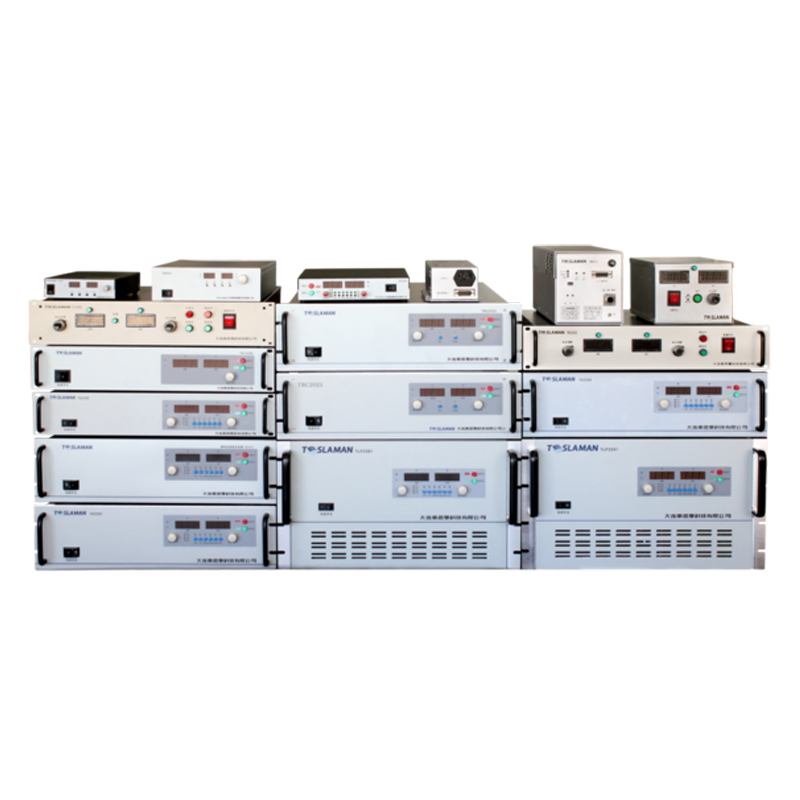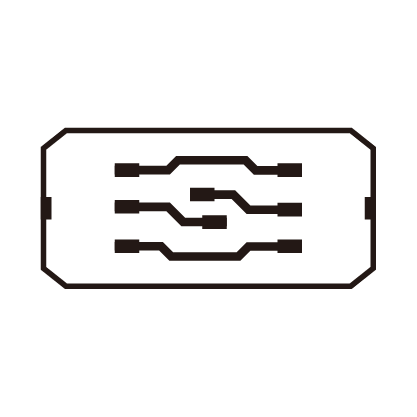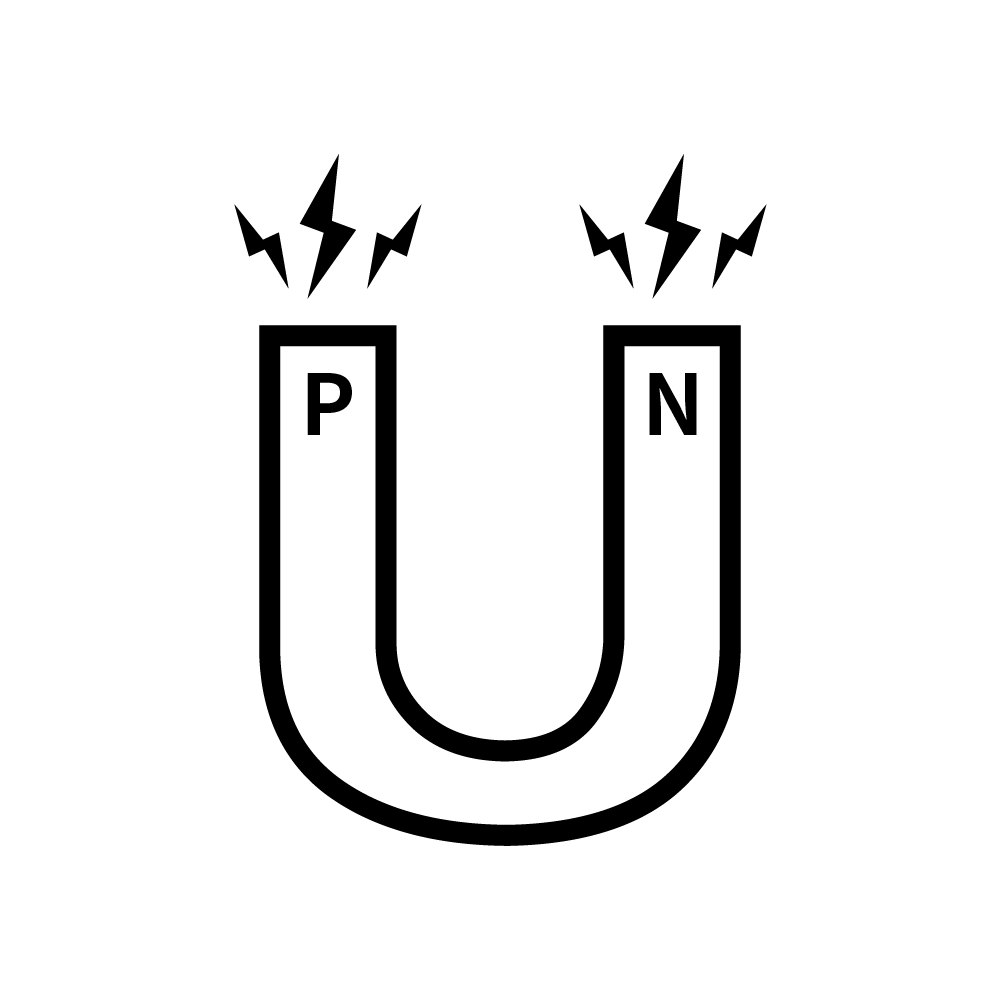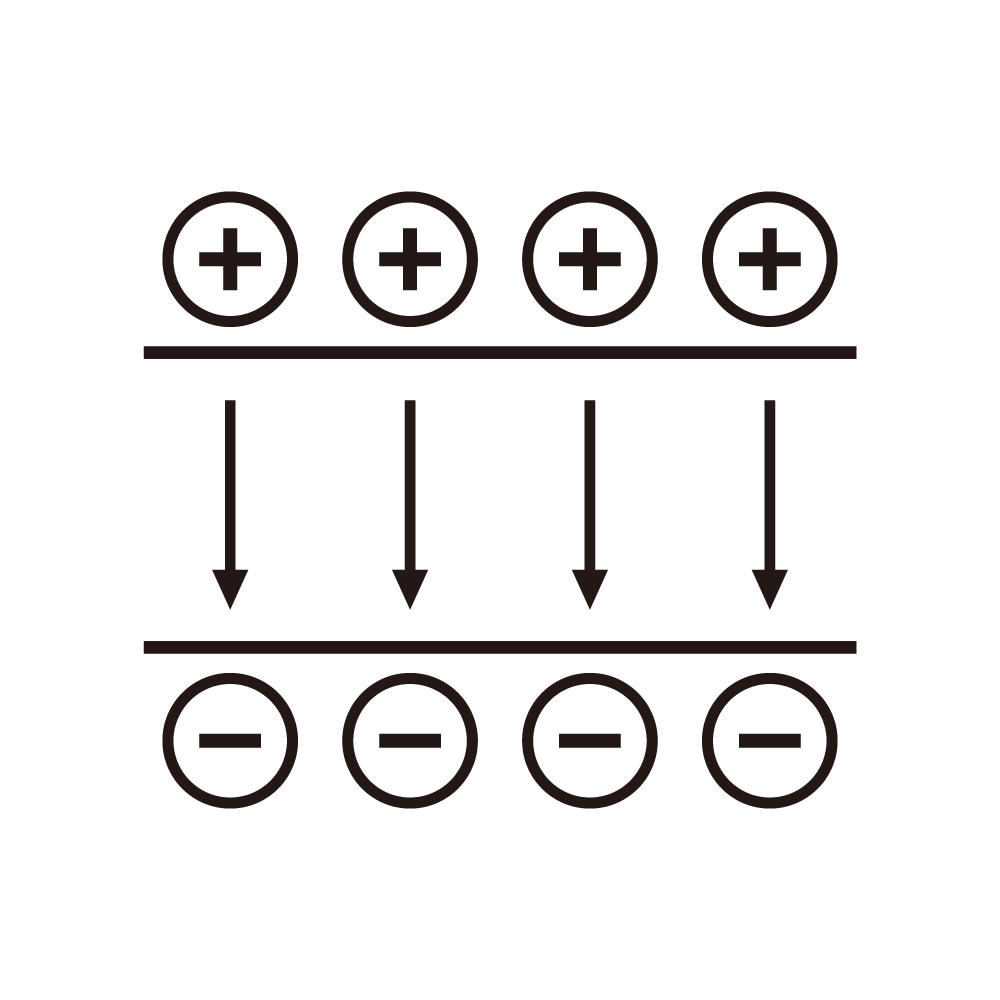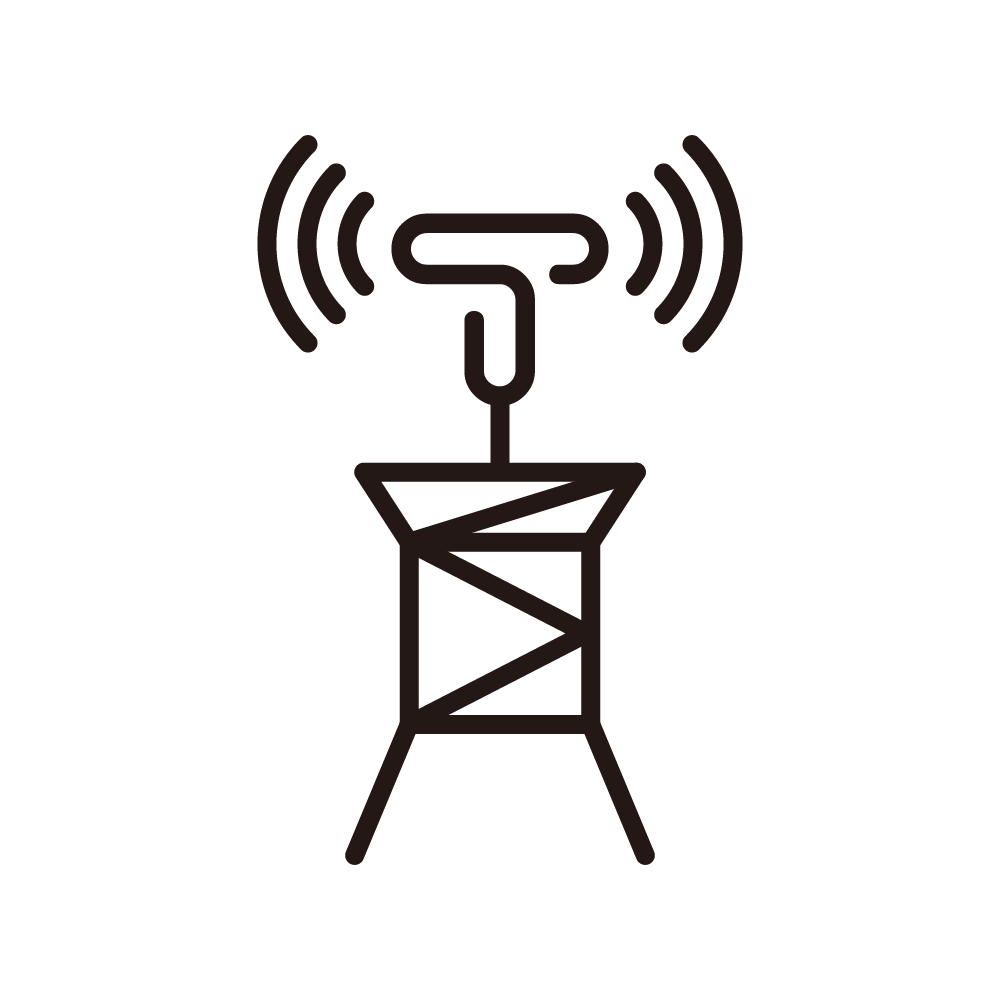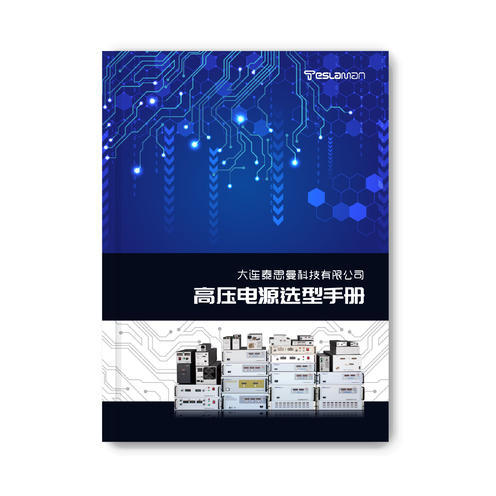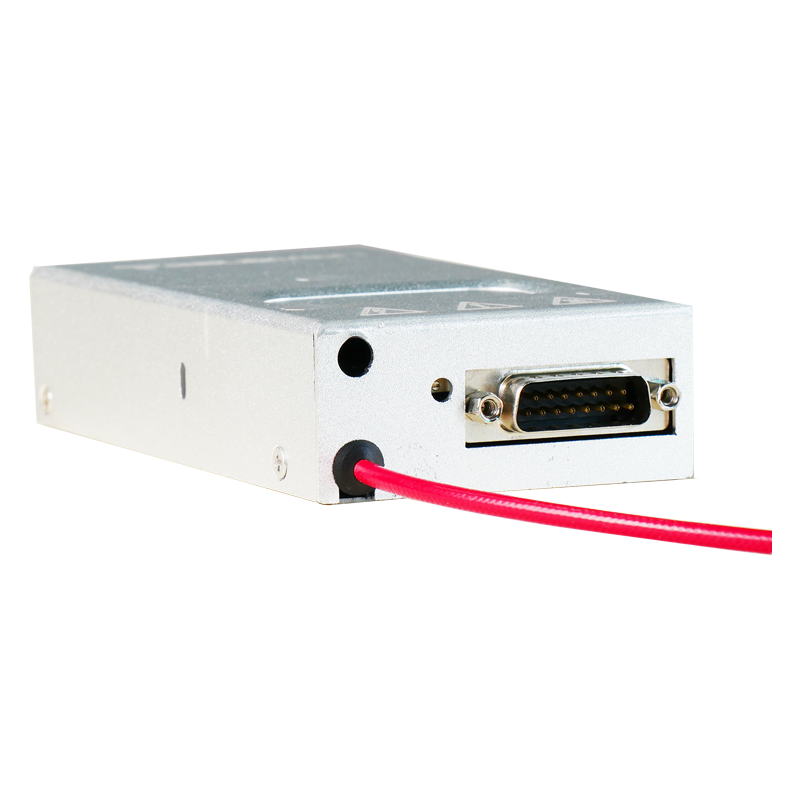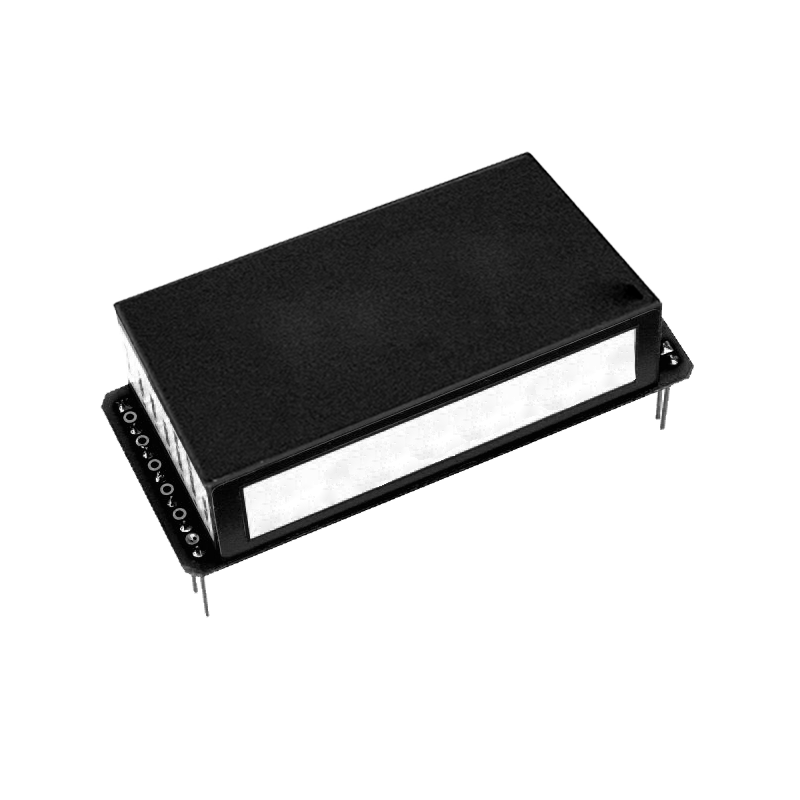Anti-Interference Filter Optimization for Explosive Detection System HV Supplies
Abstract This article focuses on filter design optimization to improve HV supply anti-interference performance in explosive detection systems (EDS), which rely on stable X-ray or ion mobility spectrometry (IMS) signals for threat identification.
Introduction EDS are critical for security in airports and transit hubs, but their HV supplies are vulnerable to electromagnetic interference (EMI) and radio frequency interference (RFI) from nearby electronic devices. Such interference increases signal noise, leading to false alarms or missed detections.
Technical Challenges Common interference sources include: 1) Radio frequency (RF) signals (800MHz–2.4GHz) from mobile devices, which couple into HV circuits; 2) Power line noise (50/60Hz) causing voltage ripple; 3) Electromagnetic radiation from adjacent security equipment, disrupting IMS ion drift fields.
Optimization Strategies A hierarchical filtering scheme is developed:
1.Input Filter Stage: Use a dual-stage LC filter with X-capacitors and inductors to suppress power line noise, achieving >40dB attenuation at 50/60Hz.
1.EMI Shielding: Enclose HV modules in a copper-clad aluminum shield with 0.1mm grounding gaps, reducing RF coupling by >30dB at 2.4GHz.
1.Output Filter Stage: Integrate a differential-mode inductor and a ceramic capacitor (100pF/5kV) to eliminate high-frequency noise (>1MHz) in HV output, ensuring ripple <0.2%.
1.Grounding Optimization: Adopt a star grounding topology to avoid ground loops, minimizing interference from common-mode signals.
Application Validation Field tests in an airport EDS showed:
False alarm rate reduced from 8% to 2% for plastic explosives (e.g., PETN).
Signal-to-noise ratio (SNR) of IMS ion peaks increased by 50%, ensuring reliable detection of trace explosive residues (<1ng).
Conclusion The optimized filter design enhances HV supply anti-interference capability, improving EDS reliability in electromagnetic-complex security environments.
